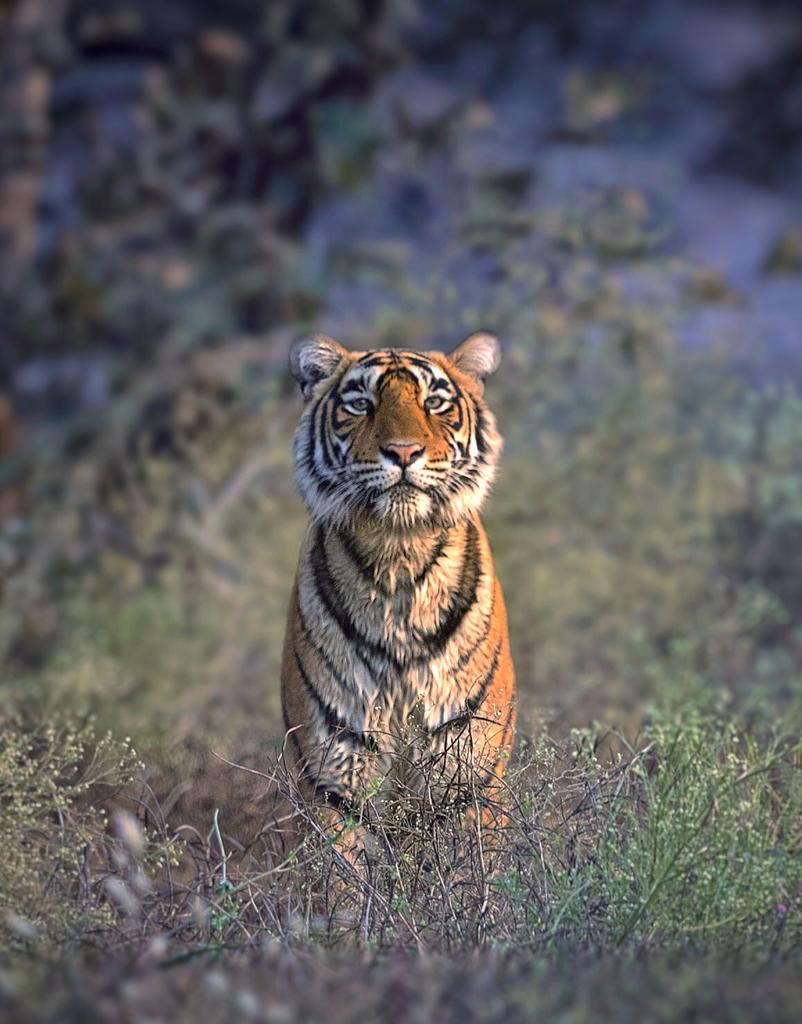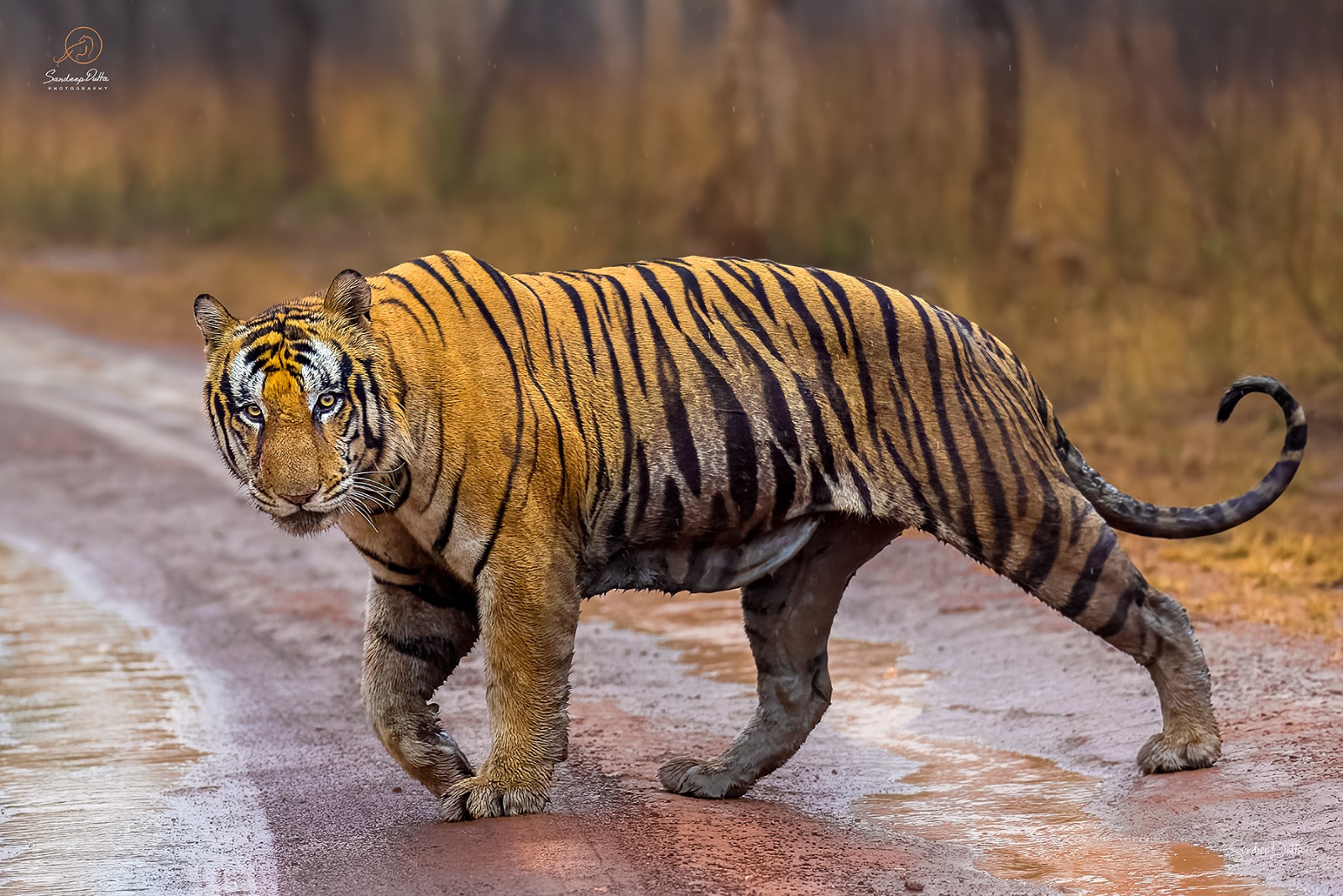Sariska National Park, located in the Alwar district of Rajasthan, India, is a celebrated wildlife sanctuary known for its rich biodiversity and historical significance. Nestled in the Aravalli Hills, this reserve spans over 800 square kilometers and is part of the Project Tiger initiative, making it a must-visit destination for wildlife enthusiasts and nature lovers. The park offers a mix of dry deciduous forests, rocky terrains, and grasslands, providing an ideal habitat for various species of flora and fauna.

Sariska National Park is renowned for its efforts in tiger conservation and its thriving population of Bengal Tigers. The park is also home to a diverse range of animals, reptiles, and birds, making it a popular spot for wildlife safaris and eco-tourism.
Key Wildlife in Sariska National Park:
Apart from mammals, the park boasts an impressive variety of birds, making it an excellent destination for birdwatching.
Notable Bird Species:
Sariska National Park is steeped in history and culture. Within its boundaries lie several ancient temples, medieval forts, and royal hunting lodges, adding to its allure. The Kankwari Fort, located in the park, is particularly famous for being a place of exile for Emperor Aurangzeb’s brother, Dara Shikoh. Additionally, the Pandupol Temple, believed to be associated with the Mahabharata, attracts numerous pilgrims and tourists alike.

Exploring Sariska National Park offers an adrenaline-pumping experience for visitors. The park provides jeep safaris, allowing you to venture deep into the wilderness to spot elusive tigers and other wildlife in their natural habitat. Knowledgeable guides enhance the safari experience by sharing fascinating insights about the flora and fauna.
For bird lovers, Sariska is a treasure trove with ample opportunities to capture rare sightings of colorful avian species. Walking trails are also available, making it a serene retreat for photographers and nature enthusiasts.
The ideal time to visit Sariska is during the cooler months, from October to March, when the weather is pleasant, and wildlife sightings are frequent. Summers (April to June) are hot but increase the chances of spotting tigers as they gather near water sources. The monsoon season (July to September) revitalizes the park’s lush greenery, though safaris may be limited.
Sariska faced significant challenges due to poaching and habitat degradation in the past. However, the reintroduction of tigers under Project Tiger has been a milestone in its conservation journey. Efforts such as:
What is Sariska National Park known for?
Sariska is famous for its Bengal Tiger population, rich biodiversity, and historical landmarks like Kankwari Fort.
How can I explore Sariska?
Visitors can take guided jeep safaris to explore the park’s wildlife and historical sites.
When is the best time to visit?
The best time is from October to March, though summer months are also good for tiger sightings.
What is the entry fee for Sariska?
Entry fees apply for Indian and foreign visitors, with separate charges for safaris and photography equipment.
Are accommodations available near Sariska?
Yes, there are numerous options, ranging from luxury resorts to budget-friendly guesthouses near the park.
Is Sariska open year-round?
Yes, the park is open year-round, though safaris may be restricted during monsoons.
Sariska National Park promises an unforgettable blend of adventure, history, and natural beauty, making it a must-visit for travelers seeking an immersive wildlife experience.

Jhalana Leopard Safari has grown into a recognized non-profit wildlife park dedicated to conservation, education, and animals in wide open spaces.
Copyright © 2024 – All Rights Reserved. Designed & Developed by Xperts!
WhatsApp us